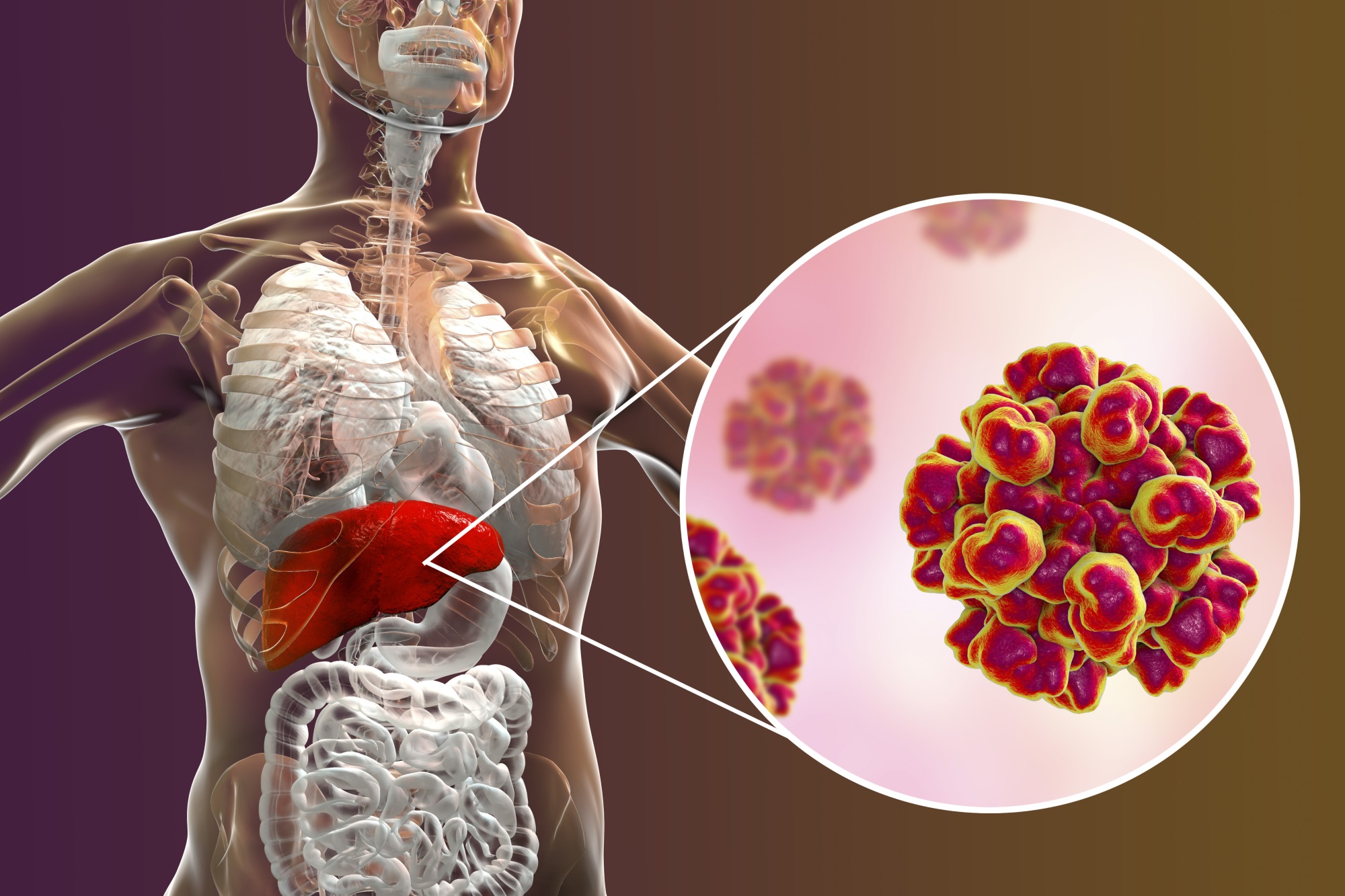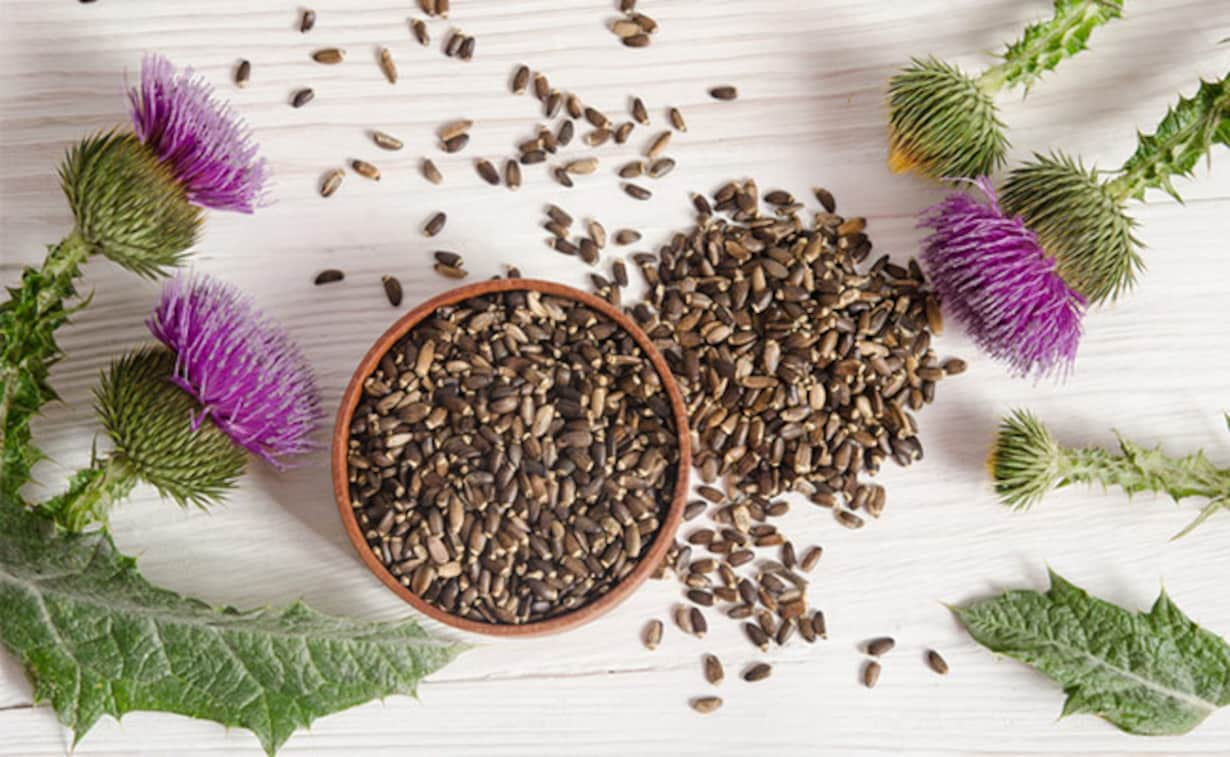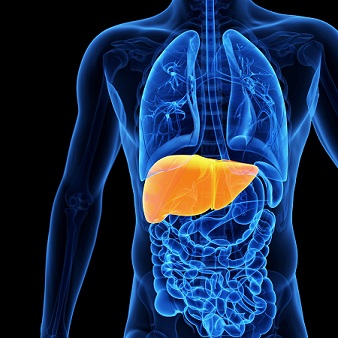Hepatology, Hepatitis, Cirrhosis, Liver, Gastroenterology, Immunology
Root Cause of Disease
Cirrhosis is a late stage of scarring (fibrosis) of the liver caused by many forms of liver diseases and conditions, such as hepatitis and chronic alcoholism.
Each time your liver is injured — whether by disease, excessive alcohol consumption or another cause — it tries to repair itself. In the process, scar tissue forms. As cirrhosis progresses, more and more scar tissue forms, making it difficult for the liver to function (decompensated cirrhosis). Advanced cirrhosis is life-threatening.
Symptoms
Cirrhosis often has no signs or symptoms until liver damage is extensive. When signs and symptoms do occur, they may include:
- Fatigue
- Easily bleeding or bruising
- Loss of appetite
- Nausea
- Swelling in your legs, feet or ankles (edema)
- Weight loss
- Itchy skin
- Yellow discoloration in the skin and eyes (jaundice)
- Fluid accumulation in your abdomen (ascites)
- Spiderlike blood vessels on your skin
- Redness in the palms of the hands
- For women, absent or loss of periods not related to menopause
- For men, loss of sex drive, breast enlargement (gynecomastia) or testicular atrophy
- Confusion, drowsiness and slurred speech (hepatic encephalopathy)
Causes
Common causes of cirrhosis are:
- Hepatitis, a viral infection
- Long-term high alcohol consumption
- Non-alcohol-related steatosis, a type of fatty liver disease
- Exposure to toxins
- Genetic diseases
Complications
Cirrhosis can affect a range of body organs, including the:
- Gastrointestinal system
- Blood and cardiovascular system
- Kidneys
- Lungs
- Skin and nails
- Hormones
It can lead to several other conditions, some of which are life threatening.
Home Remedies to treat Cirrhosis
Remedy – 1: Garlic
Materials: Garlic

Garlic is both used as a food flavoring and as a traditional medicine that helps in many health disorders including those of liver. Due to its high selenium content, garlic helps cleanse the liver. Garlic detoxifies the body and helps activate liver enzymes.
Procedure:
- Consuming garlic cloves on an empty stomach may help you reap the benefits of it.
- Include garlic in meals, though consuming raw garlic is more beneficial
Product link: Garlic
Remedy – 2: Papaya
Materials: Papaya

Fresh papaya may help with liver cirrhosis. Papaya seeds also make for a useful home remedy.
Procedure:
- Eat fresh papaya as part of breakfast every day. This can be a healthy habit.
- Consume papaya juice mixed with lemon juice as an additional remedy for cirrhosis.
- Extract juice of papaya seeds and have it with lemon juice
Product link: Papaya
Remedy – 3: Milk thistle
Materials: Milk thistle

This herb is a natural remedy for liver health. It may help in the treatment of cirrhosis and hepatitis infections.
Procedure:
- Brew tea from crushed milk thistle seeds and drink daily.
- Consume milk thistle powder every day after meals
Product link: Milk-thistle-seeds
Preventions
- Drink alcohol in moderation. For healthy adults, that means up to one drink a day for women and up to two drinks a day for men. Heavy or high-risk drinking is defined as more than eight drinks a week for women and more than 15 drinks a week for men.
- Get vaccinated. If you’re at increased risk of contracting hepatitis or if you’ve already been infected with any form of the hepatitis virus, talk to your doctor about getting the hepatitis A and hepatitis B vaccines.
- Use medications wisely. Take prescription and nonprescription drugs only when needed and only in recommended doses.
- Avoid contact with other people’s blood and body fluids.Hepatitis viruses can be spread by accidental needle sticks.
Other diet and lifestyle changes
These changes in lifestyle may help in maintaining a healthy liver. If the liver is already affected, these lifestyle changes may help in protecting the liver from further damage.
- Consume olive oil or flaxseed oil in moderation.
- Reduce intake of wheat flour and refined foods.
- Eat vegetables like cabbage, carrots, beetroot and fresh leafy greens.
- Drink buttermilk and citrus juices.
- Consume sufficient water.
- Avoid alcohol and cigarettes.
- Exercise and remain physically active




